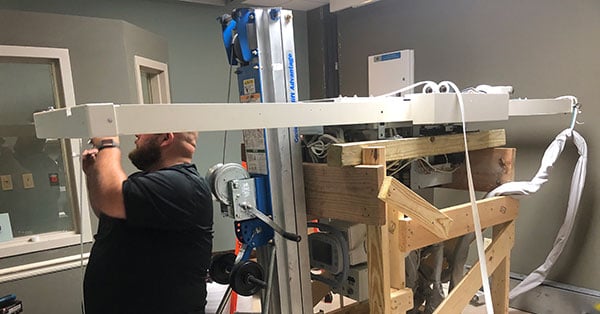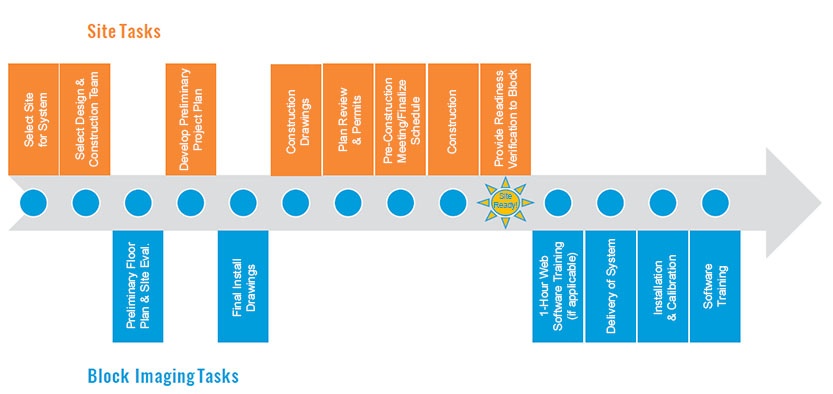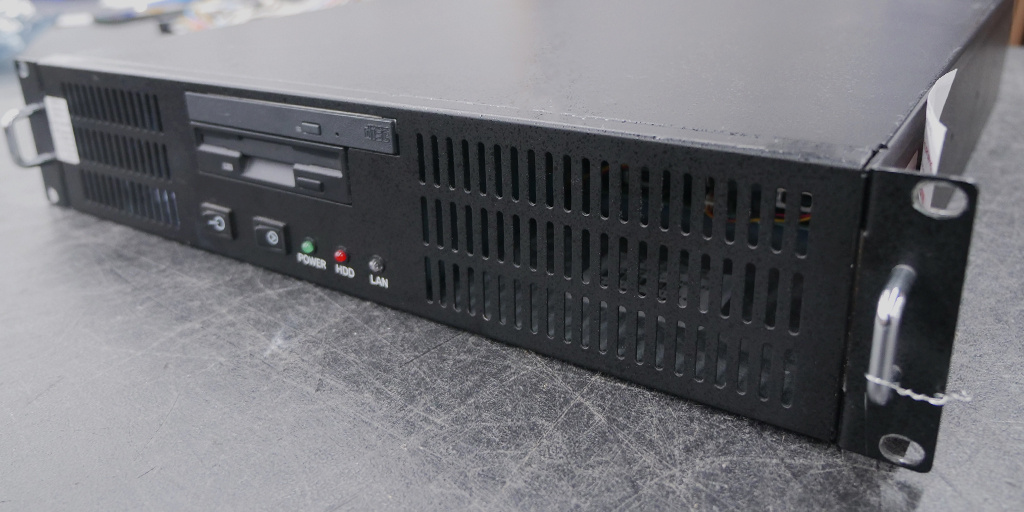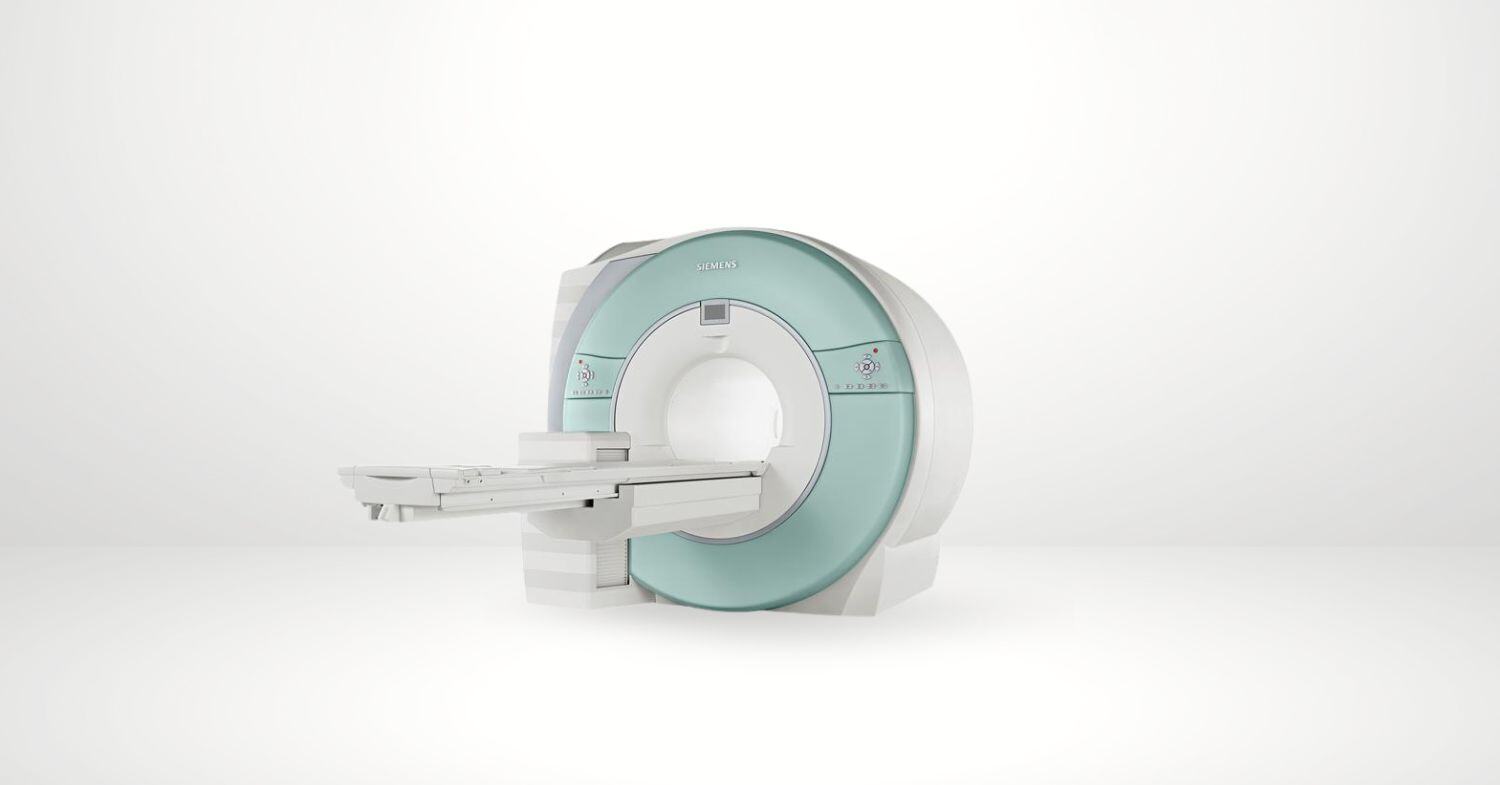
Any time your facility purchases X-ray equipment, there are some big, important steps that need to be taken before it gets installed.
Some of these are necessary to get you compliant with regulations in your area, some are needed to ensure patient and tech safety, and others simply save you time, hassle, and money by making sure your X-ray room is ready to receive your new equipment as soon as it arrives.
Below, we'll help you learn what to expect from the X-ray compliance process, namely which responsibilities are commonly held by an X-ray provider, and which are likely to fall to you and your team.
- Navigating X-Ray Radiation Regulations
- Understanding X-Ray Facility Regulations
- Communicating with your X-ray Provider
If you have more questions about X-ray installation or service, our team is ready to help!
Fill out the quick form to get connected with our dedicated Service team.
Navigating X-ray Radiation Regulations
Before you begin building your X-ray room, check with the section of your state’s health department responsible for X-ray radiation compliance. They’ll help you determine if you need to submit a preliminary drawing of your X-ray room prior to beginning construction. Some X-ray providers, Block Imaging among them, can provide you with drawings.
Depending on the type of X-ray equipment you intend to install you may need to undergo a “shielding plan review”. The review process varies from state to state, but the following items are commonly asked about:
- Purpose of application
- Type of facility
- Type of machine being used
- Anticipated workload
- Location of operator’s barriers in the room
The reviewers will also want a drawing of the rest of the building that shows adjacent areas/rooms. This is to ensure that the equipment won’t be installed right next to areas where care is administered to radiation-susceptible patients.
Understanding X-Ray Facility Regulations
Some states do not require lead-lined walls for some mobile fluoroscopy equipment, like C-arms, but most have required standards for fixed X-ray equipment.
Make sure that your building is built to code to include lead-lined walls as dictated. The thickness of the lead varies by state and machine type, so be careful to mind the particulars of your local standards. Your physicist can also put together a lead shielding plan for your contractor.
Communicating With Your X-ray Provider
We can't stress this enough: The most important and helpful thing you can do to help your X-ray equipment project is to communicate often.
In most cases, the company providing your X-ray system is not directly involved in physically preparing your room to receive your new equipment but offers information and assistance along the way.
We can't speak for every X-ray provider in the marketplace, but for those (like Block Imaging) with assigned project management personnel, the advance stages of installation typically include:
- Planning consultation
- Inspection
- Detailed drawings from the provider
The actual construction/modification of your building worked out between you and your contractors. As an example, the diagram below shows Block Imaging's process for X-ray room preparation and installation, with responsibilities delineated.

As you move from task to task in the preparation stage, be sure to maintain periodic communication with your provider. If they are kept up to date on your project's progress, the finishing stages become more likely to wrap up without incident or delay.
The Takeaway
Between your own team, your construction contractors, your X-ray provider, and your local compliance agencies, there are many moving parts to a (seemingly) simple X-ray room installation.
Remember, knowing the following will help you ensure you are prepared as possible:
- State Radiation Regulations
- State and Local Regulations for Facilities
- Clear Communication with your X-ray Provider
The more legwork you can do before the parts start moving, the better your chances of having your project go smoothly and on schedule!
To explore more X-ray resources and insights from our experts, visit our Block Imaging Learning Center.
If you have more questions about X-ray installation or service, our team is ready to help!
Fill out the quick form to get connected with our dedicated Service team.

Danny Fisher
Danny Fisher is a Project Manager at Block Imaging. His goal is to understand the unique needs of each project and deliver a detail-oriented execution. When he's not in the office, Danny enjoys spending time with his wife, catching up on the latest movies/TV, and staying in the know on the latest tech gadgets. He also loves finding great deals and inexpensive ways to travel the world





